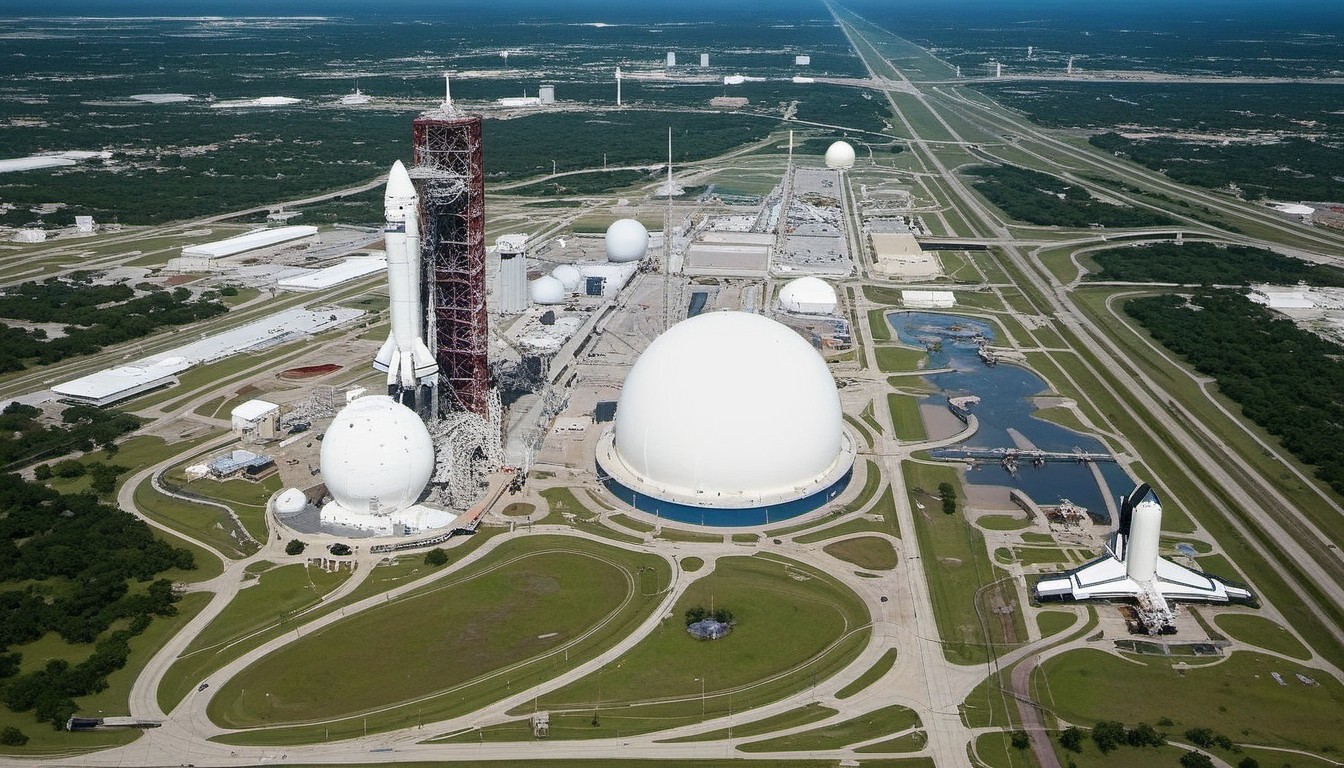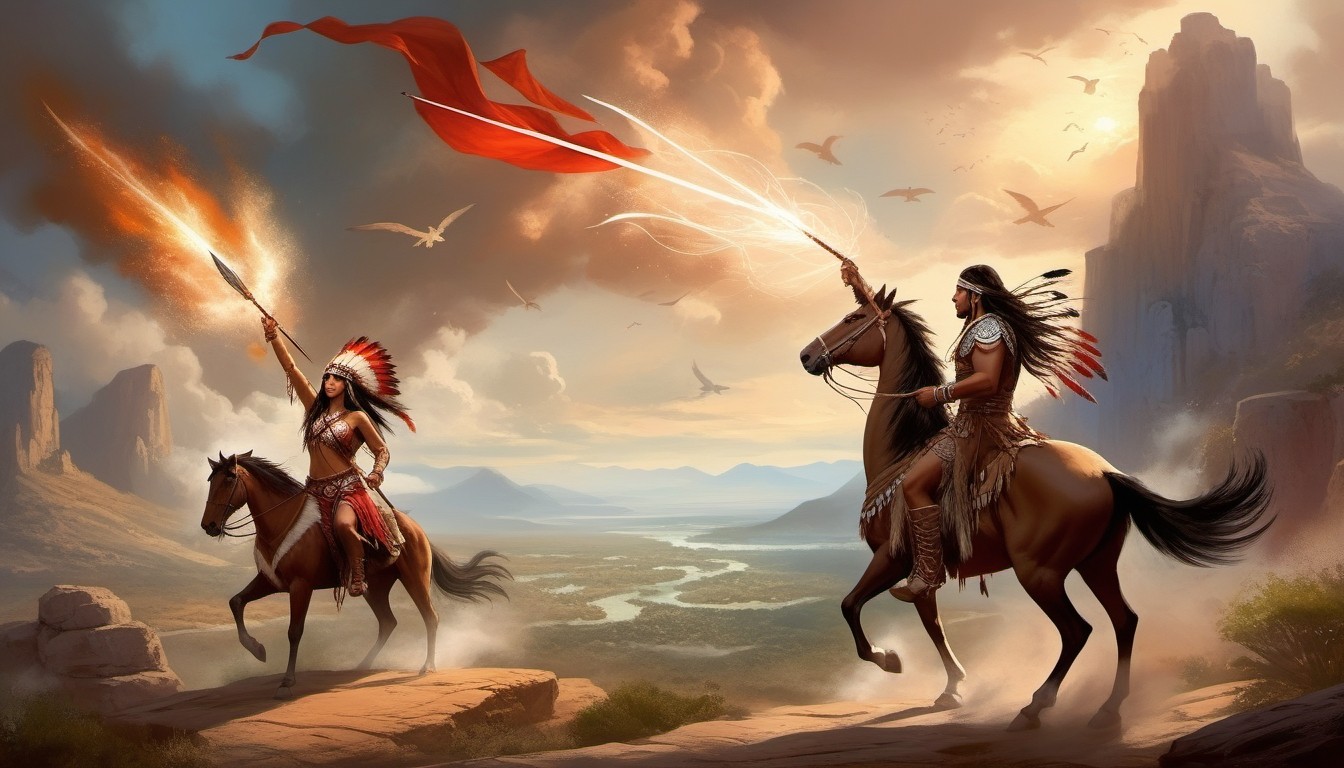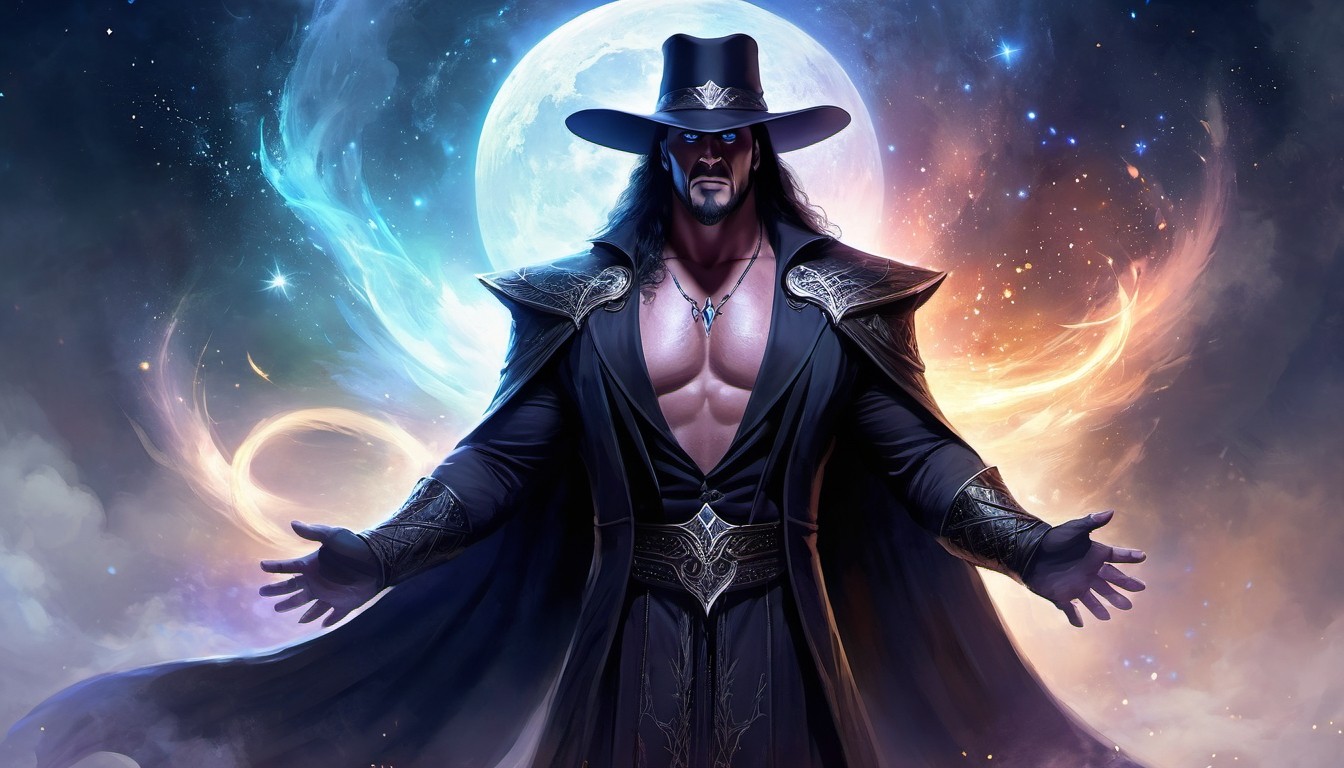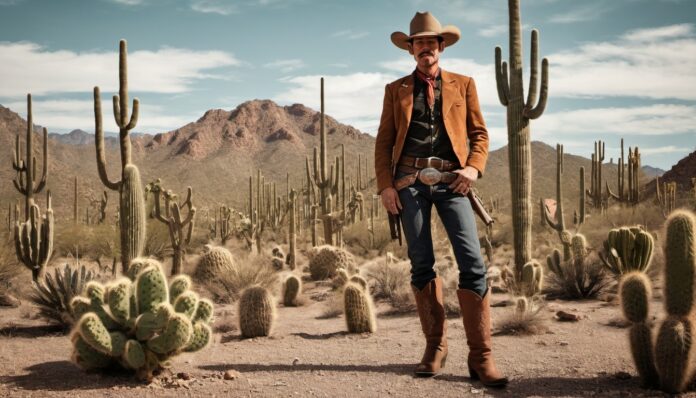The state of Texas is a classic Wild West that reveals itself to travelers in new ways each time. Even though nature here is harsh, it’s diverse. You can find landscapes to suit any taste, from desert edges to wild prairies, from marshy areas to forest expanses.
This region is considered one of the most densely populated places in America, resembling a human anthill. However, even lovers of getting away from civilization will find another side to Texas, tough but atmospheric.
Cowboys in boots, towering cacti, and smoking revolvers – that’s Texas. Well, that’s how it was in the past century. Now, this state is different and looks different.
Brief information about the state:
- Abbreviation: TX
- Capital: Austin (population 1,011,790)
- State population: 29,730,311 (data from 2021, ranks 2nd in the US in population, only surpassed by California)
- Largest city: Houston (population 2,324,000)
- State area: 696,241 sq km (2nd in the US in terms of state area)
- Official website: texas.gov
Attractions of the Lone Star State
There are many historical sites, museums, and other classic attractions in Texas. However, what truly makes this state famous are not those. The taste of boundless freedom and the peculiarities of life from the former Wild West are captured in special places, such as The King Ranch, founded in 1852. In fact, it still operates to this day. Here, they breed and gladly show tourists rare breeds of cattle.
Remember the famous phrase “Houston, we have a problem”? It’s in Texas, more specifically in Houston, where that very Mission Control Center (MCC) is located, which NASA astronauts sometimes unsuccessfully try to contact for new instructions. Since 1973, the complex has been named the Lyndon B. Johnson Space Center.
An “highlight” of Texas is also Terlingua – a ghost town. In the past, ordinary people lived here, working in the mines from morning till night. But natural resources ran out, and the settlement emptied. Today, the streets of Terlingua are deserted, but from time to time, among the semi-ruined buildings, people reappear: interesting holidays and thematic festivals are held here.
Texas also boasts original sculptures. In the city of Irving, on the central square, anyone can gaze upon the Las Colinas Mustangs. It’s a sculpture of 9 wild horses running through water, which look lifelike. The bronze creation is 1.5 times larger than the actual size of the animals. However, thanks to the presence of tall buildings around, it doesn’t look monumental.
Texas is also famous for the picturesque Rio Grande River, which forms the border between the US and Mexico. The Rio Grande is the fourth-longest river in the US. However, despite its grand name (Great River), it’s not navigable. Since 2003, the river has stopped flowing into the Gulf of Mexico.
History of the State
Long before Europeans appeared in the wild prairies, indigenous tribes dominated the land: the Caddo people in the east, the Pueblo in the west, and descendants of the Aztecs in the south. There were also Apache, Comanche, Kiowa, Cherokee, Tonkawa, and other indigenous inhabitants.
The smaller tribes were primarily engaged in agriculture, fishing, and crafts. They had a fairly developed culture, building multi-story houses and crafting ceramic goods. During the active colonization of America, they were all displaced, with the last resisting Apaches leaving the region by the 1870s.
In 1519, Spanish explorers traversed the coasts and outlined the contours of these lands on their maps. Nevertheless, the first Spaniards set foot on this territory involuntarily, as their ship wrecked in 1528. Until 1682, several expeditions visited at different times, but none stayed long. Interest in Texas subsided for a while.
But then the French began to show activity. The first European colony in the territory of present-day Texas was the French Fort Saint Louis, which lasted only 3 years. Its appearance provoked the Spaniards to new active attempts at colonization and the establishment of numerous Catholic missions.
Initially, the Native Americans met the newcomers quite favorably, but that was only until the first smallpox epidemic. The natives had no immunity, so the disease claimed many of their lives. The tribes saw no other way but to force the Europeans to leave their lands.
Active three-way resistance between Native Americans, the French, and the Spaniards began. In 1800, territorial claims on Texas also arose from the United States of America, and in 1821, from Mexico, which had won the war for independence. Texas then became part of the Mexican Empire.
Later, settlers themselves, who were settling the region, decided to join the political game. Their leader was Stephen Austin, who entered history as the “Father of Texas.” The inhabitants of the region demanded independence for themselves, and on March 2, 1836, the sovereign Republic of Texas appeared on the map, which had to endure many battles with the Mexican army for its freedom.
In the government of the young Texan state, a group emerged advocating for annexation to the United States. Since the Republic could not independently ensure security from either Native Americans or Mexican soldiers, albeit not immediately, the idea of annexation was favorably received.
On December 29, 1845, Texas officially became a state and part of democratic America. In memory of the rebellious times, the unofficial nickname “Lone Star State” remained, along with symbolic colors on the flag: red for bravery, white for freedom, and blue for loyalty.
Interesting Facts about the State of Texas
1. Texas is the only southern territory not captured by northerners during the Civil War.
2. Most of the population speaks “Spanglish” – a special local dialect consisting of a mix of English and Spanish words. A similar dialect is also found in other states bordering Mexico.
3. Every fifth resident of Texas is an immigrant from another country.
4. The area of the state is about 700,000 square kilometers – more than the area of most European countries. The exception is only Russia.
5. The world’s first hamburger was prepared here. Perhaps that’s why Texas has the highest number of obese people in the United States according to statistics.
6. In Texas, rodeo is a separate sport, similar to track and field or swimming.
7. The judicial system in the “Lone Star State” is one of the most complex in the world. Moreover, residents are officially allowed to own firearms, and since 2016, openly carry them.
8. On hot summer days, most Texas rivers completely dry up, and in winter, it often snows there.
9. There is a wind farm in the state that occupies an area 4.5 times larger than Manhattan.
Famous People (Celebrities) from Texas

- Matthew McConaughey – a charming actor, an Oscar winner, and the recipient of numerous other awards. It’s easier to list the films where he DIDN’T play.
- Melinda Gates – until recently, best known as the wife of tech mogul Bill Gates. Upon their divorce in 2021, she received stocks worth $3 billion from her ex-husband.
- Nick Jonas, Hilary Duff, Selena Gomez, Dakota Johnson, Patrick Swayze, Anna Nicole Smith – Texas is a fertile ground for actors and singers of various calibers.
- Stone Cold Steve Austin – a professional wrestler who is always seen drinking beer from aluminum cans, smashing them over his head or whatever else is handy.
- The Undertaker – also a wrestler, but with more titles. He happens to be married to wrestler-diva Michelle McCool.
- Jennifer Love Hewitt, Jennifer Garner, Gina Carano, Renée Zellweger, Owen Wilson, Beyoncé – need no introduction.
The most populous cities in Texas are:
- Houston (2,323,660 people)
- San Antonio (1,581,730 people)
- Dallas (1,347,120 people)
- Austin (1,011,790 people)
- Fort Worth (942,323 people)
- El Paso (685,434 people)
By the way, the last city in the list above is the safest populated area in the United States. Interestingly, across the river from it lies Ciudad Juárez in Mexico, which ranks among the world’s most crime-ridden cities.
